Cockroach scorpion: They don’t make insects like this anymore. This relic has hardly changed over 200 million years of evolution (7 photos)
Many New Year wishes for their friends to remain as they are. And the cockroach scorpion, perhaps, became the personification of this congratulation. Bukaha has lived on the planet for millions of years, but remains unchanged since the time of the dinosaurs! 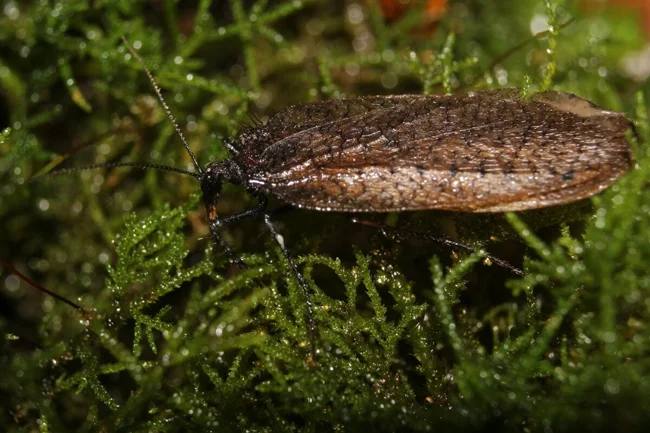
You can meet this beauty only in Chile and Argentina. At first glance you understand that it smells of antiquity. They don't make insects like that anymore! A small flat body 1.5 centimeters long, 2 pairs of wide brown wings and a terrible muzzle, entirely consisting of appendages resembling surgical instruments. Add to this set 3 pairs of long hairy legs and you get a monster that cockroaches use to scare naughty cockroaches. 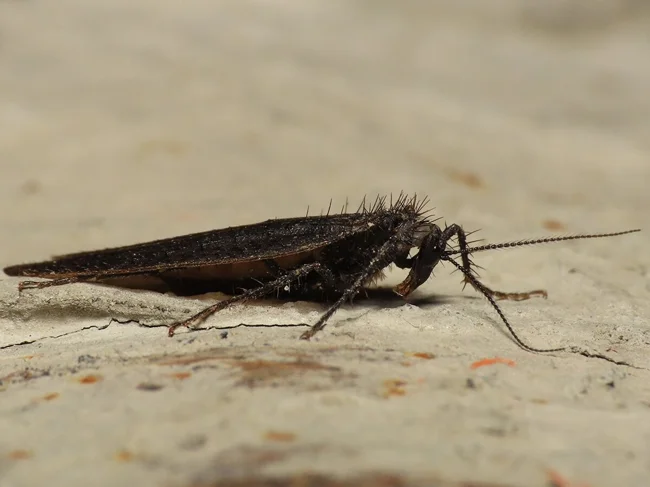
And they have been scaring for millions of generations! Our heroine belongs to the family of eomeropids, which appeared at the beginning of the Jurassic period. This is, just so you understand, 200 million years ago. Our heroine is the only representative of this family who has survived to this day. We are imbued with respect! 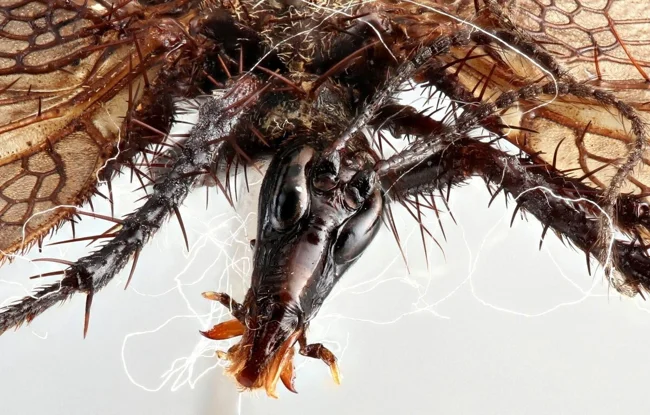
Not a mouth, but a Swiss Army knife.
Over the multi-million-year history of the existence of the species, the scorpion woman has gained knowledge and occupied a niche that will never dry up - she feeds on carrion. Arthropods love carrion so much that Chilean police are forced to take into account the taste preferences of insects when investigating crimes. Scorpio women leave marks on the bodies of their victims that look like cigarette burns. 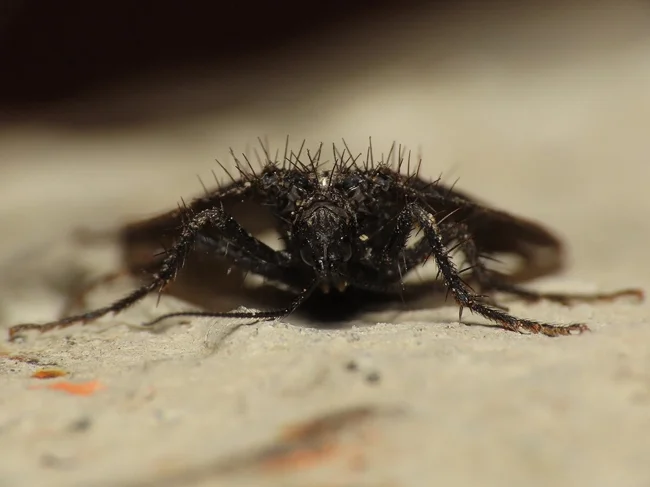
But even this strategy does not work in a world where there is a person. Today, scorpions can be found in one place on the planet - in the beech forests of southern Chile. And then you have to look hard. 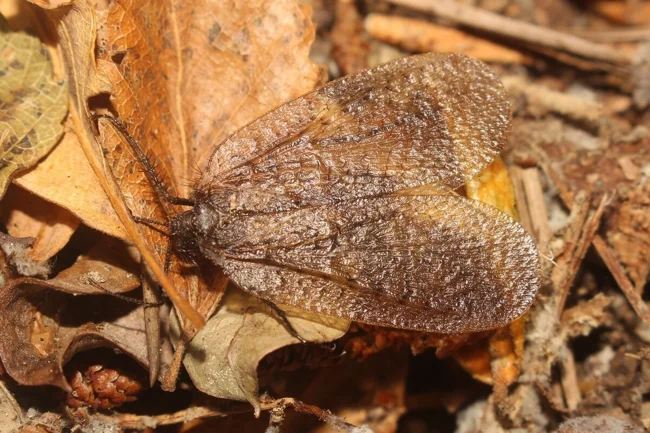
It also resembles an abandoned leaf.
Not wanting to frighten forest dwellers with their muzzles, female scorpions are nocturnal and crawl out of the forest floor only in extreme cases. During the day, animals hide in secluded shelters under fallen leaves and tree roots. With such a life, the cockroach body shape comes in handy. After all, it is almost impossible to distinguish a scorpion from a leaf on a withered litter! 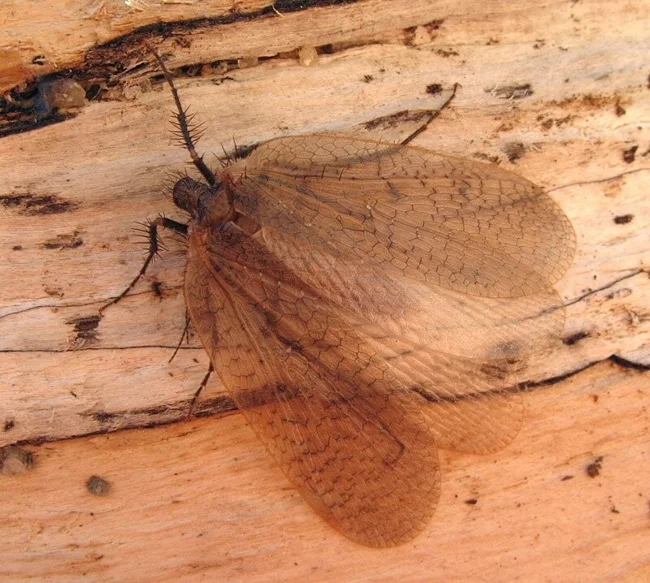
I don’t understand, where is the head?
Scientists cannot tell the difference. For us, the existence of this animal is a dark forest. Even South American sources could not tell me about the typical habits of the Scorpio woman, nor about her mating rituals. I don't know, maybe this is for the better. The less we know, the fewer problems for our smaller brothers. 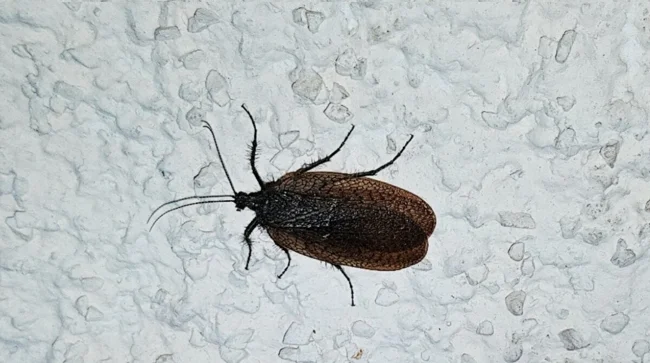
The cockroach scorpion doesn’t care about people’s attention; she lives and enjoys life just like millions of years ago. A living fossil, after all.
